Similar to American Doughnuts, This Very Popular German Schmalzgebäck

-
Similar to American doughnuts, this very popular German Schmalzgebäck is fried and dusted with powdered sugar.
Germans love their Schmalzgebäck! People get it at Christmas markets in triangular paper bags. Serving them on New Year’s Eve is supposed to bring you good luck in the new year. And bakeries are brimming with the bigger, round version around the German carnival.
If you hadn’t heard the term Schmalzgebäck before, it could be because it has different names depending on the region in Germany. You can also find them as Schmalzkuchen, Berliner, Pfannkuchen, Mutzen, Krapfen and more.
However and whenever you enjoy it, they are less sweet than American doughnuts but just as delicious. Best of all, they are very easy to make at home!
This post contains affiliate links, which means I make a small commission at no extra cost to you. You can read my full disclosure here.
For this recipe, you only need ingredients you probably already have at home.
It is a basic yeast dough that is very fun to make with children, too. As with most if not all of my recipes, this German Schmalzgebäck is very easy to make.
Depending on whether you are serving your family or a crowd, you can easily double or triple this recipe.
This is what you need:
- milk: milk makes the dough light and airy. Most of the time we use our raw milk.
- butter: butter always brings out the flavor of any dish. You can even use your homemade butter!
- yeast: this is the leavening in this recipe that also makes it very quick.
- sugar: we like using organic cane sugar. Feel free to adjust the sweetness of this recipe by decreasing or slightly increasing the amount of sugar.
- vanilla sugar: vanilla sugar works best in this recipe. I always have a jar or two of my homemade vanilla sugar in my kitchen.
- salt: did you know that a little bit of salt always brings out the sweetness of any recipe?
- egg: the egg in this recipe gives it more structure and “backbone”.
- lard: this is the distinct, original fat in which you’ll fry the little pastries in. I often use rendered goose fat but lard is more traditional.
Given that people in Germany have been making variations of this recipe since the 16th century ( source), you can just as well make the German Schmalzgebäck without any special equipment. Living in modern times, though, I don’t mind using tools that save me time.
Here’s what I recommend:
- a standmixer: I love using my KitchenAid standmixer for this recipe. Yeast dough is vastly improved by beating the dough for up to 8 minutes. If you don’t have a standmixer, you can use a handheld mixer – or your hands.
- a rolling pin: a rolling pin helps rolling out the dough to a uniform thickness. For that homemade look, you can absolutely stretch the dough by hand!
- a good knife or pizza wheel: once you roll out the dough, you will want to cut it in squares or your preferred shape. I love using my German carbon knives but a pizza cutter works great, too!
- meat thermometer: it is best to fry the German Schmalzgebäck at about 325˚F. If in doubt, you can test the temperatur of your frying oil by using a meat thermometer.
- slotted spoon: it helps using a slotted spoon for lifting the Schmalzgebäck out of the frying oil.
- cooling rack: I like to use a cooling rack covered with paper towels to drain and cool the German Schmalzgebäck.
- In a medium bowl or the bowl of a standmixer, combine 5 oz of very warm milk, 3 ½ tablespoons butter, 2 ¾ cups flour, 1 tsp instant yeast, 3 tablespoons sugar, 2 teaspoons vanilla sugar, ½ teaspoon salt, and 1 egg.
- Either using the standmixer with the dough hook attached, a handheld mixer, or your hands knead the dough for at least 5 minutes. If the dough is too wet, add enough flour to make a uniform dough that does not stick to the bowl.
- Let the dough rise until visibly increased in size (30 – 60 minutes).
- On a lightly floured surface, roll out the dough.
- With a knife or pizza wheel, cut out squares or any shape you like.
- In a pot, heat about 1 quart of lard to about 325˚F.
- In small batches, fry the the squares until golden-brown on both sides.
- With a slotted spoon, transfer the Schmalzgebäck to a cooling rack covered with paper towels.
- Dust liberally with powdered sugar.
- This German Schmalzgebäck is best when eaten fresh and hot.
While you can eat these tiny German doughnuts for a day or two after making (if you can keep yourself from eating them before that!), they do taste best when they are fresh and hot.
However, you can prepare the dough and freeze it for later use.
Here are some ingredient substitutions and shape variations:
- Shape the Schmalzgebäck: the traditional way for this Christmas market classic is little squares. However, you can make little balls, free-form pastries, or make bigger doughnuts. The latter you can fill with jam of your choice.
- Milk: while we like using cow’s milk, a plant-based milk works really well in this recipe, too.
- Butter: I think that butter has and adds the best flavor but you can use coconut oil or a plant-based “butter”.
- Vanilla sugar: It is very easy to make your own vanilla sugar. If you don’t have that, you can use vanilla extract. If you do, use just a tad bit less milk.
German Streuselkuchen
Traditional Christmas Stollen
German Lebkuchen
Panettone French Toast
Pumpkin Sourdough Bread Pudding
Homemade Vanilla Extract & Sugar
Kitchenaid stand mixer
Rolling pin
Meat thermometer
Slotted spoon
Pizza wheel
German carbon knife
Similar to American Doughnuts, This Very Popular German Schmalzgebäck
Recipe details
Ingredients
- 5 oz milk, warm
- 3 1/2 TBSP butter
- 2 3/4 cups flour
- 1 tsp instant yeast
- 3 TBSP sugar
- 2 tsp vanilla sugar or vanilla extract
- 1/2 tsp salt
- 1 whole egg
- 1 quart lard or other frying oil
Instructions
- In a medium bowl or the bowl of a standmixer, combine the very warm milk, butter, flour, yeast, sugar, vanilla sugar, salt, and the egg.
- Either using the standmixer with the dough hook attached, a handheld mixer, or your hands knead the dough for at least 5 minutes.
- If the dough is too wet, add enough flour to make a uniform dough that does not stick to the bowl.
- Let the dough rise until visibly increased in size (30 – 60 minutes).
- On a lightly floured surface, roll out the dough.With a knife or pizza wheel, cut out squares or any shape you like.
- In a pot, heat about 1 quart of lard to about 325˚F.
- In small batches, fry the the squares until golden-brown on both sides.
- With a slotted spoon, transfer the Schmalzgebäck to a cooling rack covered with paper towels.
- Dust liberally with powdered sugar.
- This German Schmalzgebäck is best when eaten fresh and hot.

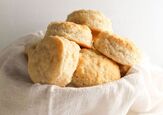

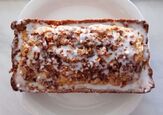
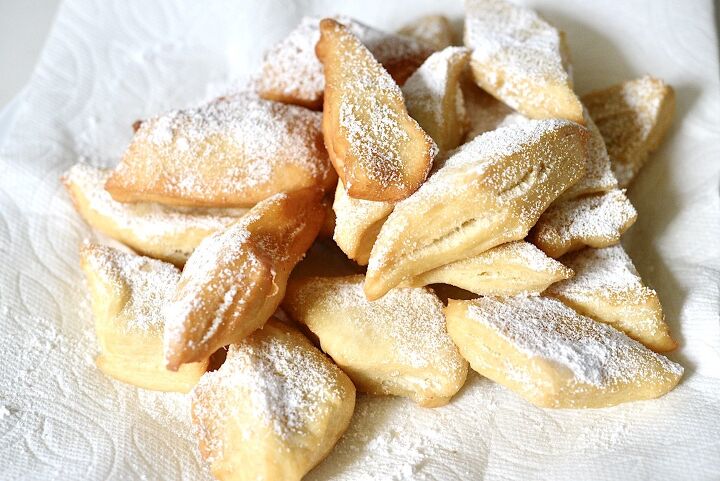




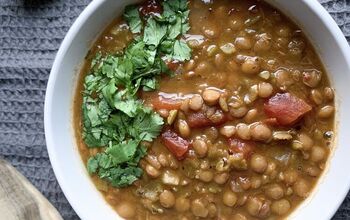


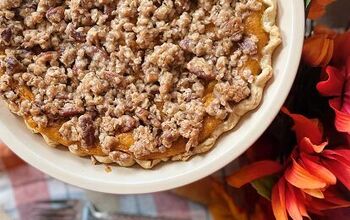
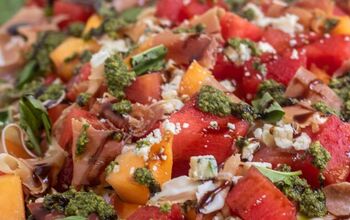
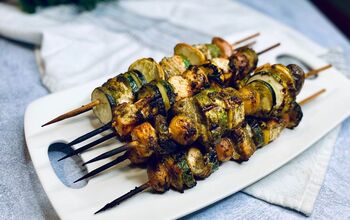
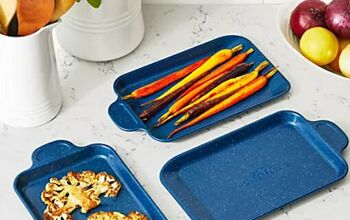
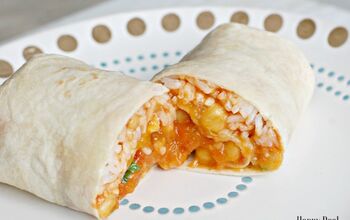
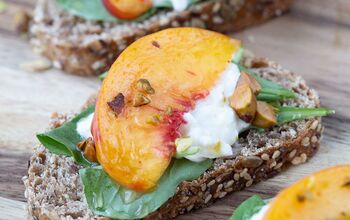

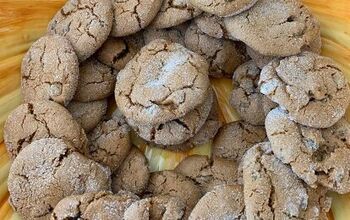
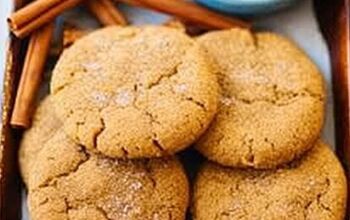
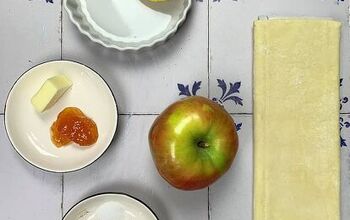
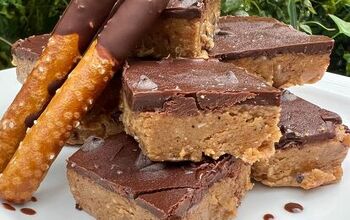
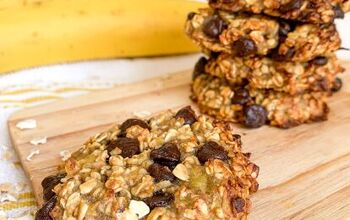
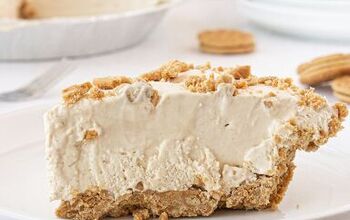
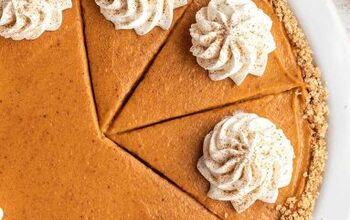
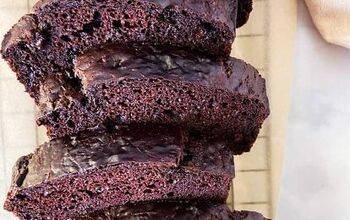
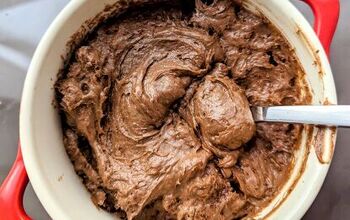
Comments
Share your thoughts, or ask a question!
I want your vanilla sugar recipe please
Can't wait to try, but can you give an estimate about 'size of squares' before frying?